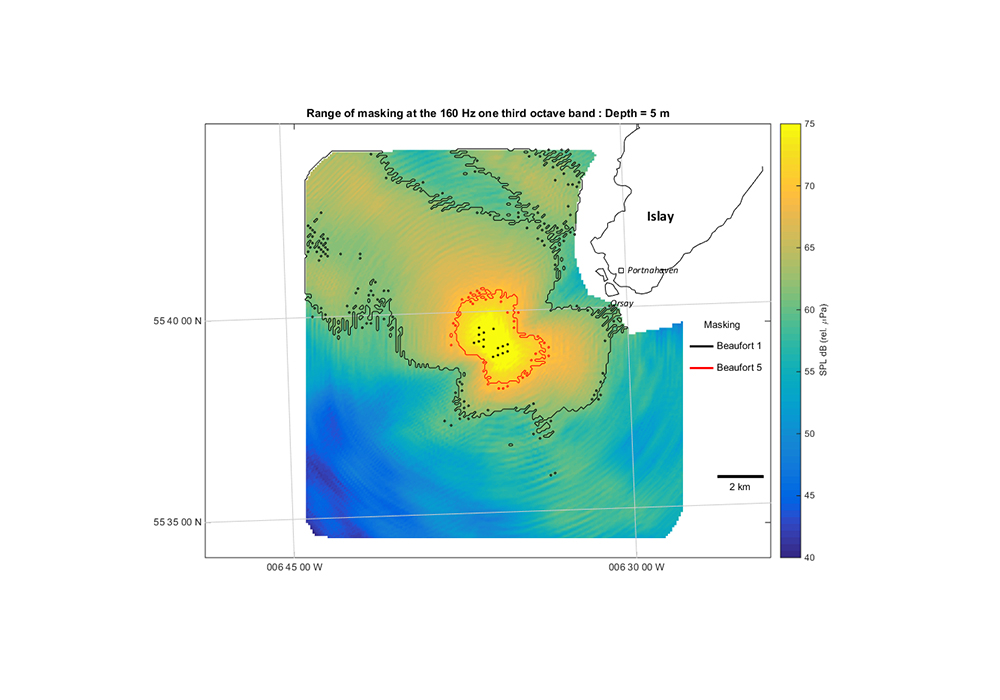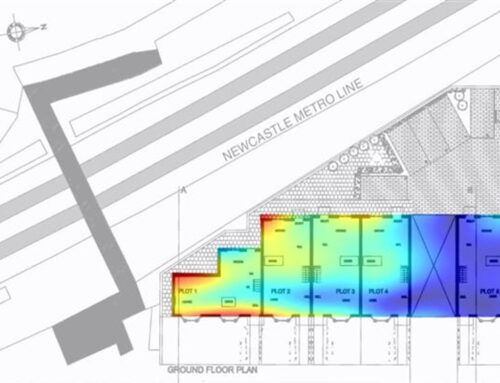Issue
DP Energy required an underwater Environmental Impact Assessment (EIA) in order to be granted planning consent for a 30MW marine tidal turbine array off the west coast of Islay in Scotland. The regulatory body, Marine Scotland, had to be assured that impacts of marine life such as behavioural response, collision risk and the chance of injury have been appropriately assessed. As tidal turbines are a relatively new technology a modelling approach was required to predict the acoustic output from the devices.
Solution
Xi produced a subsea structural-acoustic model to predict the sound power level of the turbine array. The data was then compared with the ambient noise levels in the water, which had been measured by the Scottish Association for Marine Science (SAMS). The modelled operational noise could also be compared to audiograms for different species, giving a species-specific assessment of detectability, collision risk and injury.
Xi’s Role
Xi performed computational analysis on the drive train of the tidal turbine to characterise the vibration signature of the device. This data was then used as the excitation force in a structural-acoustic model of the tidal turbine in water to predict the sound pressure level of the device during different operating conditions. Throughout the project Xi worked closely with marine biologists and the planning team to present a comprehensive analysis of the impact due to operational noise.
Skill Set Used
- Drivetrain modelling and analysis
- Subsea acoustic-structure modelling
- Audibility and collision risk analysis for marine life
- Subsea bathymetry and acoustic interaction modelling
Client Benefits
- Planning consent was granted for the development of the site based on Xi’s models
- Detailed understanding of vibration and acoustic output from the tidal turbine
This is a very significant development for DP Energy and is a further expression of our confidence in tidal energy generation as a key component in the portfolio of reliable, predictable and emissions-free power sources needed to take us into a more self-sustainable future.





